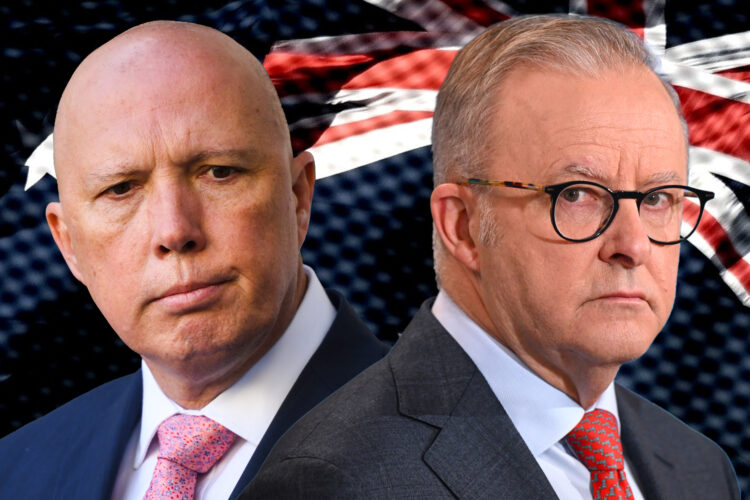AAP has a wrap on how the market has responded to Trump’s about face on tariffs, with a three month pause now on offer:
The S&P 500 has closed up 9.5 per cent after US President Donald Trump declared a 90-day tariff pause for many countries, effective immediately, bringing some relief to investors worried about the global economic impact of US trade policies.
In an afternoon announcement, Trump said he would temporarily lower many new tariffs, but raised the levy on imports from China to 125 per cent. The pause on tariffs from dozens of trading partners came less than 24 hours after they kicked in.
The increase in China tariffs was in retaliation to China’s announcement of a levy of 84 per cent on US goods starting April 10.
While Trump’s announcement still left investors with uncertainty about his ultimate tariff policy, traders took the opportunity to shop for beaten-down stocks. Since Trump announced broad tariffs late on April 2, stocks had fallen more than 12 per cent, for their biggest four-day selloff in five years.
“Markets had been looking for a reason to rally for a few days. Markets can only sustain extreme conditions for so long before exhaustion sets in, rather like a toddler and a tantrum,” said Carol Schleif, chief market strategist at BMO Private Wealth in Minneapolis.
“The 90-day suspension does allow nice breathing room to allow negotiation to settle in and market valuations have clearly been reset. Yet the uncertainty for companies remains.”
After Trump’s reversal, Goldman Sachs said it was rescinding its recession forecast and reverting to its previous baseline estimate for the economy to grow in 2025.
Kevin Gordon, senior investment strategist at Charles Schwab, said Wednesday afternoon’s market rally from oversold levels made sense. But he cautioned that “to have a high conviction call on anything right now is a fool’s errand.”
“We just have to wait and see what the ultimate policy is, but unfortunately the policy changes almost on a daily basis,” said Gordon.
“You have to put yourself in the shoes of a business that’s trying to make capital spending or hiring plans in this environment. If the rules of the game are constantly changing on a day-to-day basis, I don’t see how that’s a healthy environment for businesses.”
According to preliminary data at closing, the S&P 500 gained 470.58 points, or 9.49 per cent, to end at 5,453.35 points, while the Nasdaq Composite gained 1,857.06 points, or 12.16 per cent, to 17,124.97. The Dow Jones Industrial Average rose 2,942.91 points, or 7.82 per cent, to 40,588.50.
Also helping investor sentiment was the US Treasury’s $US39-billion ($A65 billion) 10-year note auction, which came within market expectations, priced at a high yield of 4.435 per cent, lower than the rate forecast at the bid deadline, suggesting solid investor demand.
The upcoming earnings season will offer more insights into the health of corporate America as investors fear a hit to economic growth from the tariffs. US banks, including JPMorgan Chase, will report first-quarter results on Friday.
The CBOE Volatility Index – seen as Wall Street’s “fear gauge” – fell sharply after the tariff pause.
While the market was rallying on the tariff pause, minutes from the Federal Reserve’s meeting last month were released.
Fed policymakers were nearly unanimous that the US economy faced risks of simultaneously higher inflation and slower growth, with some policymakers noting that “difficult tradeoffs” could lie ahead for the central bank.


Loading form…